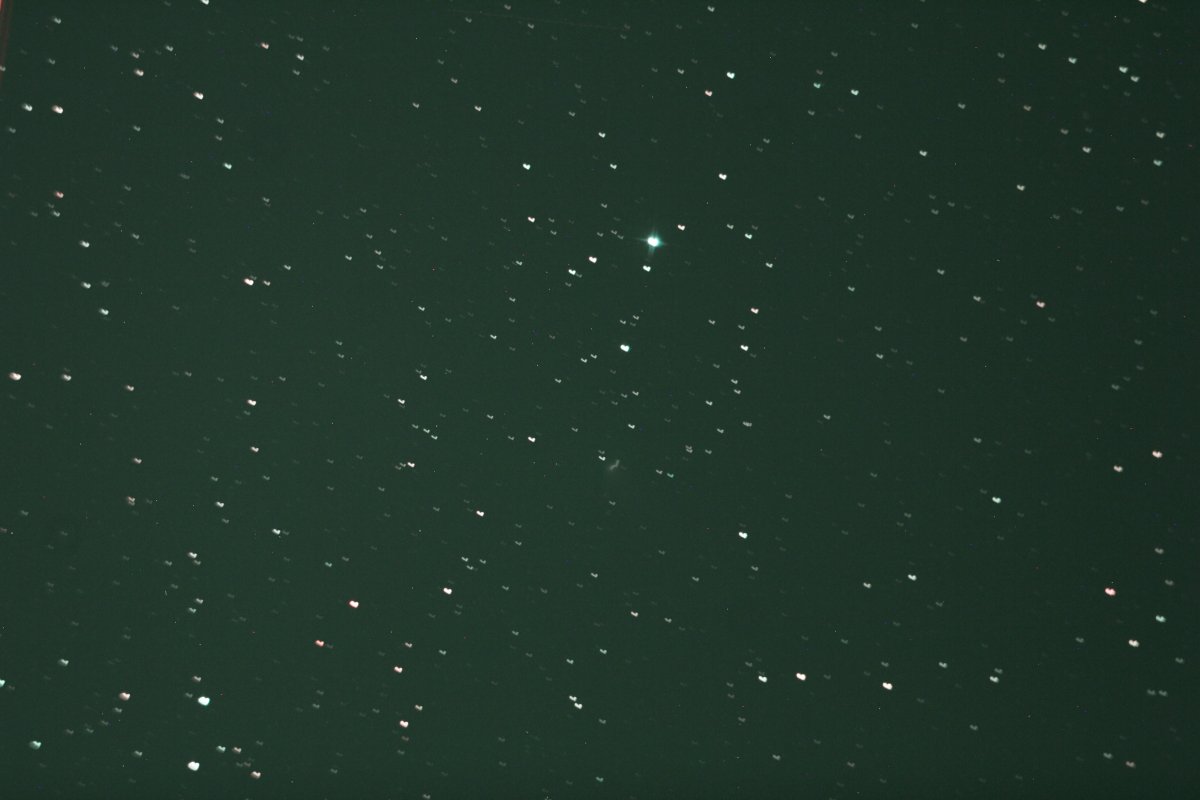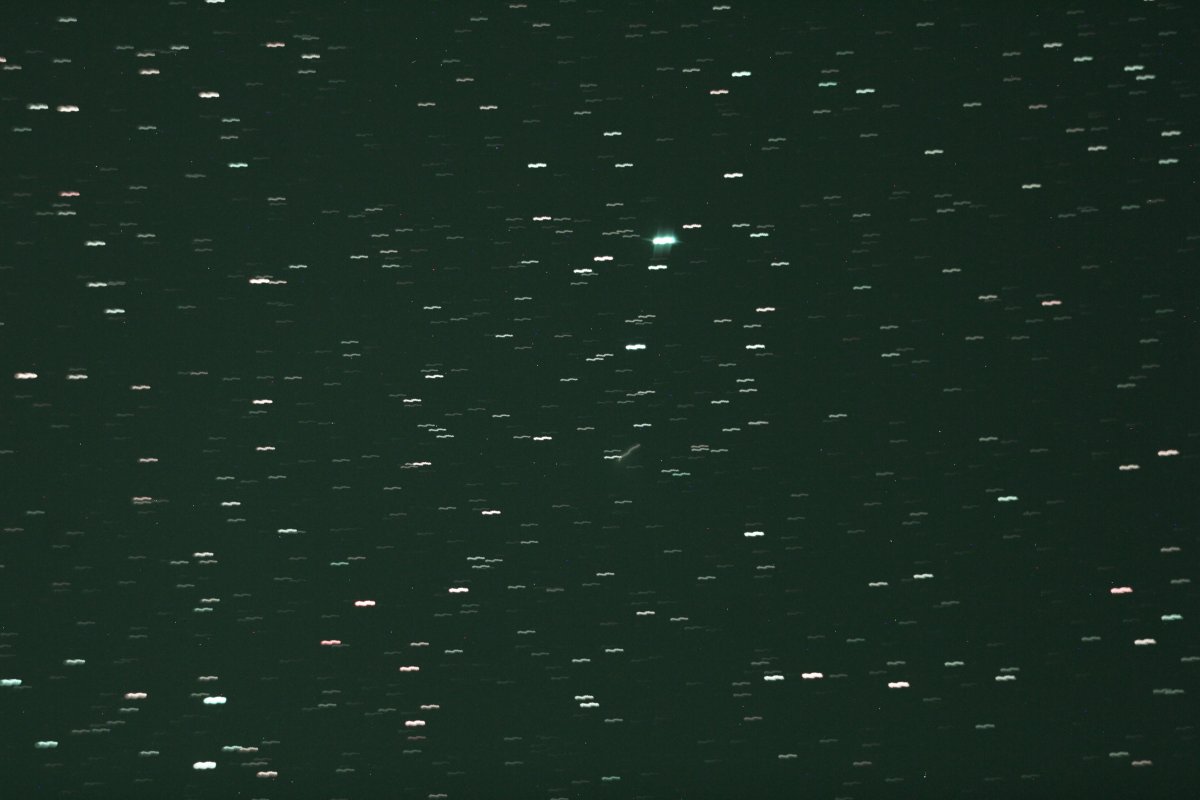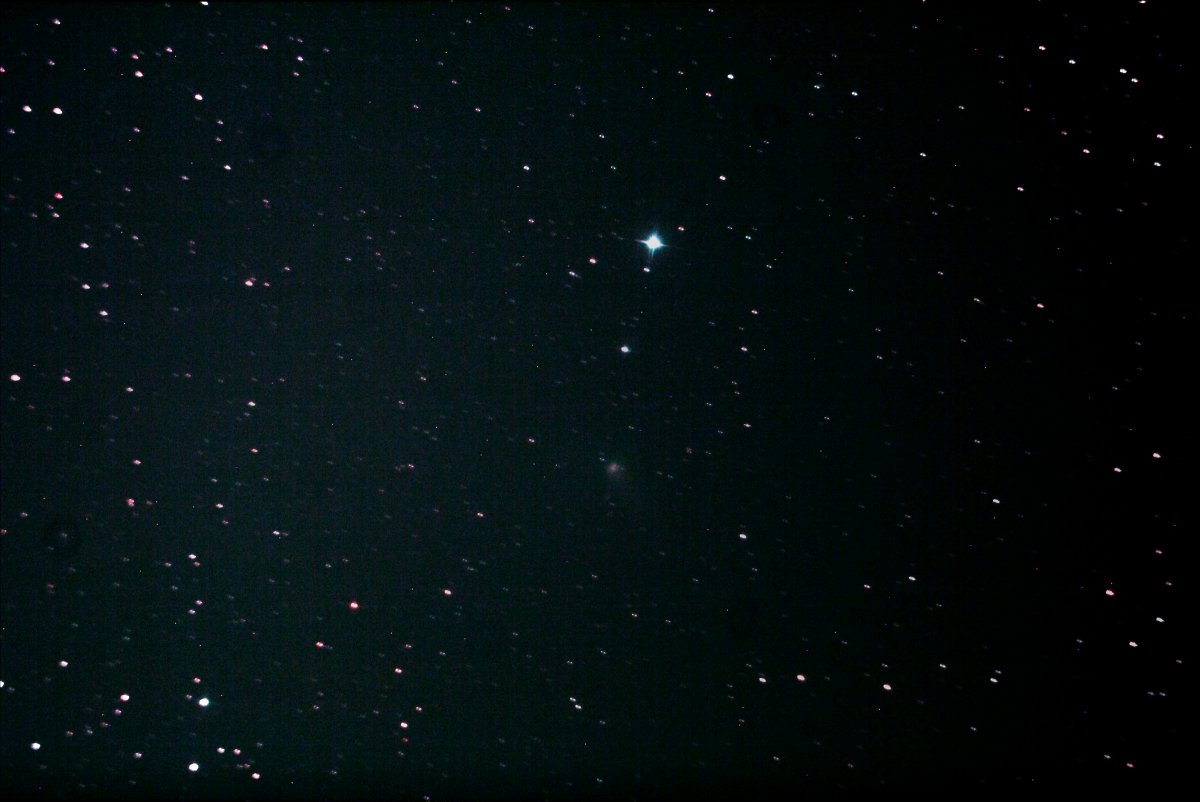38P/Stephan–Oterma (also known as Comet Stephan–Oterma) is a periodic comet with an orbital period of 38 years.
It fits the classical definition of a Halley-type comet with (20 years < period < 200 years).
It was discovered in January 1867, by Jérôme Eugène Coggia at Marseilles Observatory, France.
It has perihelion near the orbit of Mars and has aphelion near the orbit of Uranus.
Acting like a centaur-hybrid, between the years 1982 and 2067, this object will make close approaches to the giant planets Jupiter, Saturn, and Uranus.
If this object did not have a coma and (for some definitions) had a perihelion beyond Jupiter's (5 AU), it would be considered a centaur.
38P/Stephan–Oterma last came to perihelion on November 10, 2018.
It was recovered by Pan-STARRS on June 24, 2017 while 5.3 AU from the Sun.
It fits the classical definition of a Halley-type comet with (20 years < period < 200 years).
It was discovered in January 1867, by Jérôme Eugène Coggia at Marseilles Observatory, France.
It has perihelion near the orbit of Mars and has aphelion near the orbit of Uranus.
Acting like a centaur-hybrid, between the years 1982 and 2067, this object will make close approaches to the giant planets Jupiter, Saturn, and Uranus.
If this object did not have a coma and (for some definitions) had a perihelion beyond Jupiter's (5 AU), it would be considered a centaur.
38P/Stephan–Oterma last came to perihelion on November 10, 2018.
It was recovered by Pan-STARRS on June 24, 2017 while 5.3 AU from the Sun.
This
is the second time I observe this comet. It's orbital perion is ~ 38
years. My first observation was made in 1980 and the second in 2018, 38
years later.
38P/Stephan-Oterma in Lynx, near Zenith @ 9:00pm EST on February 5th, 2019
It
brightened up to 9.5 mag from autumn to winter (Dec. 14, Marco Goiato).
Now it is fading. But it is bright as 11.3 mag still now (Jan. 25,
Carlos Labordena).
In the Northern Hemisphere, it stays observable in good condition for a long time until it fades out. It locates low in the Southern Hemispehre.
In the Northern Hemisphere, it stays observable in good condition for a long time until it fades out. It locates low in the Southern Hemispehre.

The comet was really flying across the sky at this point.

